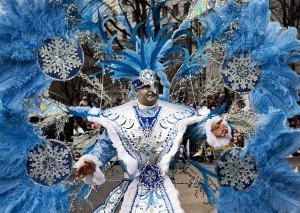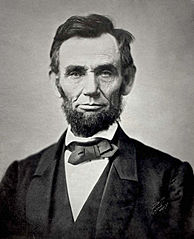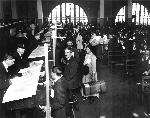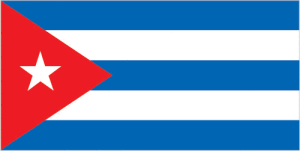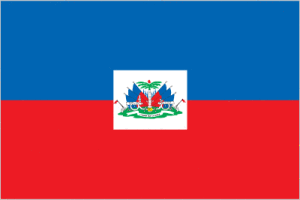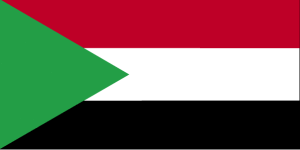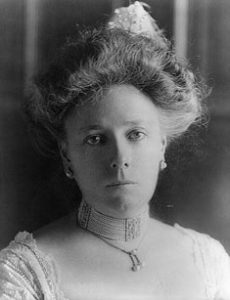J. Edgar Hoover (born Washington, DC, 1895; died Washington, DC, May 2, 1972) was the director of the FBI from 1924 to 1972.
Thomas L. Jennings (born New York, New York, 1791; died New York, New York, February 13, 1856) was an inventor and businessman. He patented “dry scouring of clothes” in 1821. He became the first African American to receive a patent. He received Patent Number 3306X. Unfortunately his patent was lost in a fire, but experts believe the dry scouring was a form of dry cleaning. His process made him a successful businessman, and he spent much of his profits on the abolition movement.

Paul Revere
Paul Revere (born Boston, Massachusetts, 1735; died Boston, Massachusetts, May 10, 1818) became famous for warning the people of Lexington and Concord, Massachusetts, that the British were arriving for military purposes. In addition to being a patriot, Revere was a distinguished silversmith and metalworker. He also made tools for fine purposes, such as surgical instruments. Idea: Children could read Jean Fritz’s And Then What Happened, Paul Revere? Children could also read Henry Wadsworth Longfellow’s very famous poem, “Paul Revere’s Ride” at: Paul Revere.
Betsy Ross (born Philadelphia, Pennsylvania, 1752; died Philadelphia, Pennsylvania, January 30, 1836) may have made the first American flag. Her grandson, in 1870, first proposed that Washington came to her with specifications for the flag. There is little evidence to show she did make the first flag, but no one has found facts that someone else sewed the first flag. Children could read Betsy Ross (Profiles in American History) by Susan Sales Harkins and William H. Harkins. Idea: Children could look at a copy of our first flag. They could research the significance of the red, white, and blue colors and the stars and stripes.
J. D. Salinger (born Jerome David Salinger in New York, New York, 1919; died Cornish, New Hampshire, January 27, 2010) was an author. One of his most famous books is Catcher in the Rye.
Melissa Sweet (born Wycoff, New Jersey, 1956) writes and illustrates books for children. She has earned two Caldecott Honor Awards: in 2009 for A River of Words: The Story of William Carlos Williams and in 2015 for The Right Word: Roget and His Thesaurus. Both books were written by Jen Bryant. Children can learn more at: Melissa Sweet.
“Mad” Anthony Wayne (born Waynesboro, Pennsylvania, 1745; died Fort Presque Isle, Pennsylvania, December 15, 1796) was a hero during the Revolutionary War and continued to serve in the army after the war.
